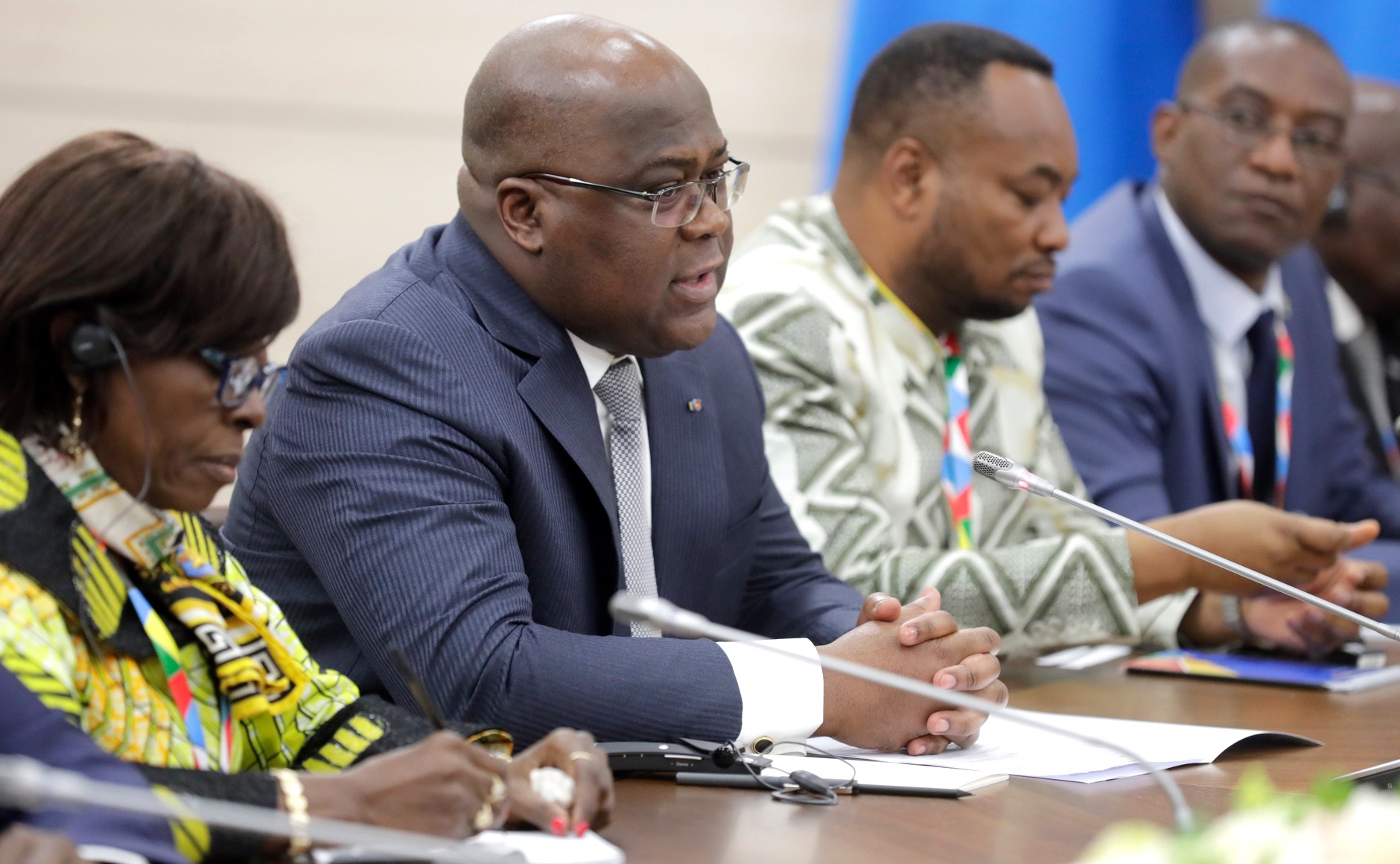Home » China and the DRC: the Geoeconomics of Cobalt and Electric Vehicles
China and the DRC: the Geoeconomics of Cobalt and Electric Vehicles
February 17, 2022

Matthew Teasdale
Matthew is an Analyst specializing in Europe and Africa. Currently working in global advisory, his thematic interests are Transatlantic Relations, the European Union, and NATO as well as French-speaking Africa.
